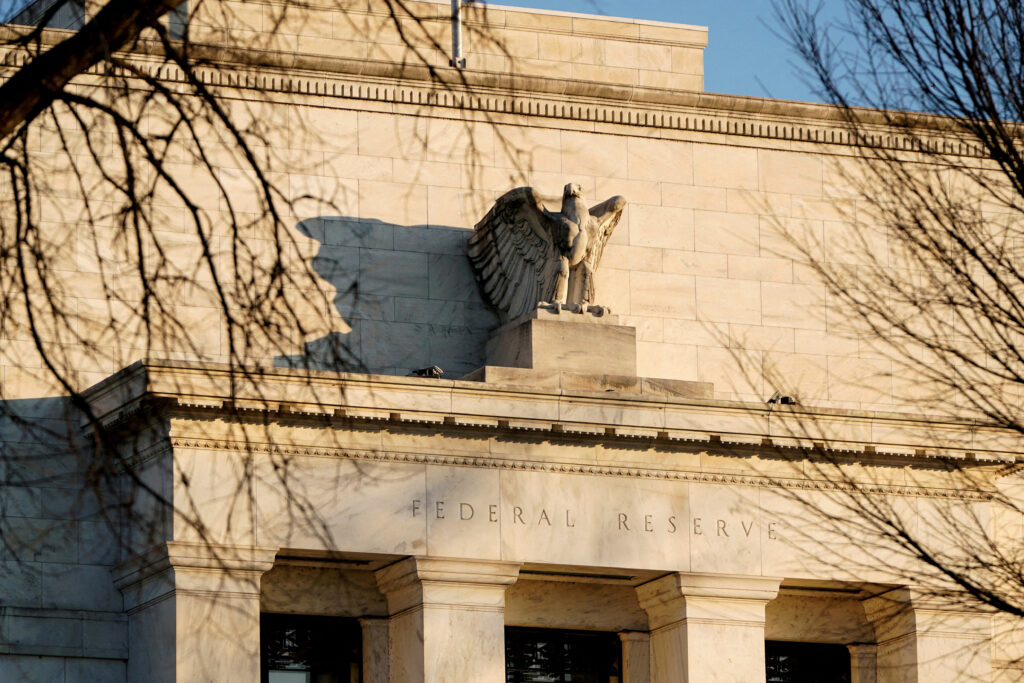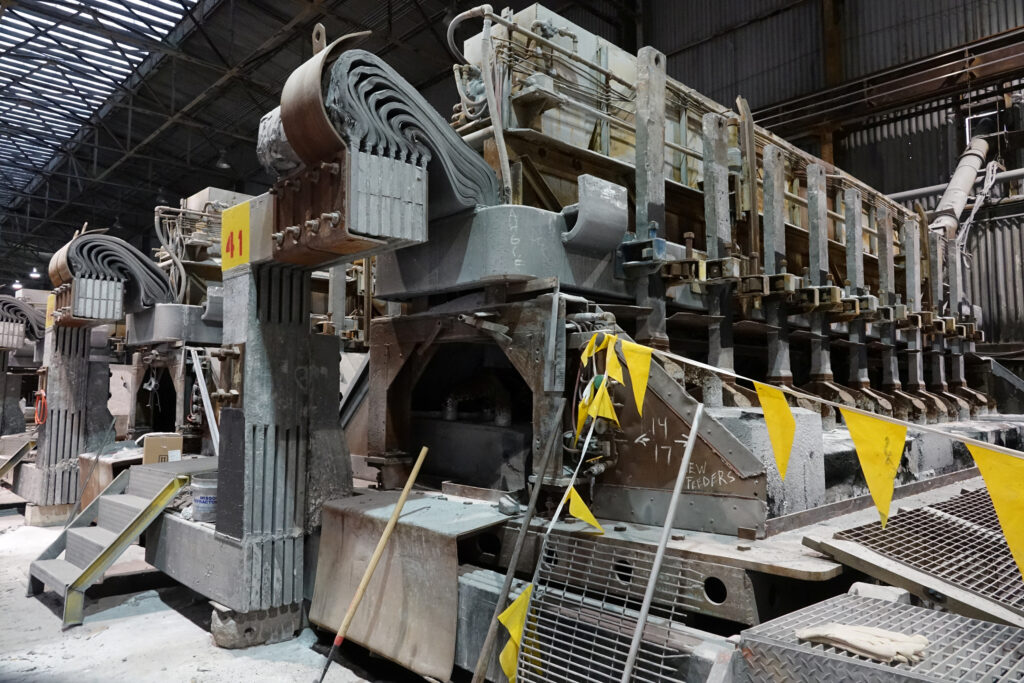After a scare earlier this year that the U.S. labor market might be cooling too fast, some Federal Reserve policymakers are shifting their attention back to inflation risks as they weigh when, and how fast and far, to cut interest rates.
Government data released on Wednesday showed consumer prices rose 2.6% in the 12 months through October, above the U.S. central bank’s 2% goal but in line with economists’ expectations.
Traders in financial markets piled into bets that the Fed’s policy-setting Federal Open Market Committee, fresh from last week’s quarter-percentage-point rate cut, will go ahead with another reduction in borrowing costs at its December 17-18 meeting.
It’s not clear if Fed Chair Jerome Powell will ratify that market view when he provides an update on his economic outlook to business leaders in Dallas on Thursday, just over a week after voters decided to send Donald Trump back to the White House. Powell has said that the Republican president-elect’s pledges of tax cuts and increased tariffs on imports would have no “near-term” impact on U.S. monetary policy.
On Wednesday, Fed policymakers held open the door to a go-slower approach, in the face of data showing the labor market remains healthy, even as price pressures remain.
“In my baseline scenario, based on current information, I expect inflation to converge toward 2% over the medium term,” St Louis Fed President Alberto Musalem said at an Economic Club of Memphis luncheon, allowing the central bank to “judiciously and patiently” evaluate data in considering further rate cuts.
But he also said, while the risk of unwelcome deterioration in the labor market may have fallen, recent data shows “the risk of inflation ceasing to converge toward 2%, or moving higher, has risen.”
Dallas Fed President Lorie Logan struck a similar tone in remarks to an energy conference at her regional bank.
“I anticipate the FOMC will most likely need more rate cuts to finish the journey” of bringing inflation toward the Fed’s goal.
But, she added, it’s “best to proceed with caution,” noting that “if we cut too far, past neutral, inflation could reaccelerate and the FOMC could need to reverse direction.”
Speaking at the same conference, Kansas City Fed President Jeffrey Schmid, said, “It remains to be seen how much further interest rates will decline or where they might eventually settle.”
The Fed cut its policy rate by half a percentage point in September after a sharp slowdown in job growth and a rise in the unemployment rate raised concerns about a potential recession. Subsequent stronger labor market data suggested those fears were overblown, and with inflation continuing to fall – by the Fed’s targeted measure it registered 2.1% in September – the central bank cut its benchmark overnight interest rate by a quarter of a percentage point last week.
The policy rate is now in the 4.50%-4.75% range. And that, Dallas Fed’s Logan said, is now “right at the top” of the estimated range of the neutral interest rate where the cost of money acts neither as a headwind nor a tailwind for economic growth.
Logan did not speak directly to her view on the appropriateness of a rate cut at the Fed’s meeting next month, but her remarks suggest she is among the policymakers who would prefer to slow down on cuts sooner rather than later.
She noted upside risks to inflation, including from a possible post-election surge in business investment, as well as from consumer spending. Logan said she feels the labor market, with an unemployment rate of 4.1%, is cooling but not deteriorating materially.
And while she said a recent rise in Treasury yields could slow the economy more than the Fed intends, posing a downside risk to employment, Logan also said that because the neutral rate has likely risen in recent years, U.S. monetary policy may not be braking the economy as much as it might appear.
RIGHT DIRECTION
Likewise, in an interview with Bloomberg TV, Minneapolis Fed President Neel Kashkari noted the possibility that the neutral rate has risen, which suggests the Fed will not need to cut rates as much as it otherwise would.
The consumer price index data released on Wednesday, he said, seems to show that inflation is headed in the right direction.
“I’ve got confidence about that, but we need to wait,” he added. “We’ve got another month or six weeks of data to analyze before we make any decisions.”
Earlier this week, Kashkari said it would be unlikely that the labor market could weaken enough to affect the Fed’s policy decision at its next meeting. Opting to hold rates steady instead of cutting at that meeting, he said, would hinge on inflation data.
Analysts saw the latest inflation data as no barrier to a rate cut in December, particularly because some of the strength in prices came from housing inflation, which Fed officials, pointing to a continuing decline in new leases, have expressed confidence will ebb.
The Fed will get one more CPI reading before the December meeting.
Kevin Putnam is a financial journalist and editor based in New York. He specializes in editing news and analysis related to U.S. stock market. Read Full Bio










